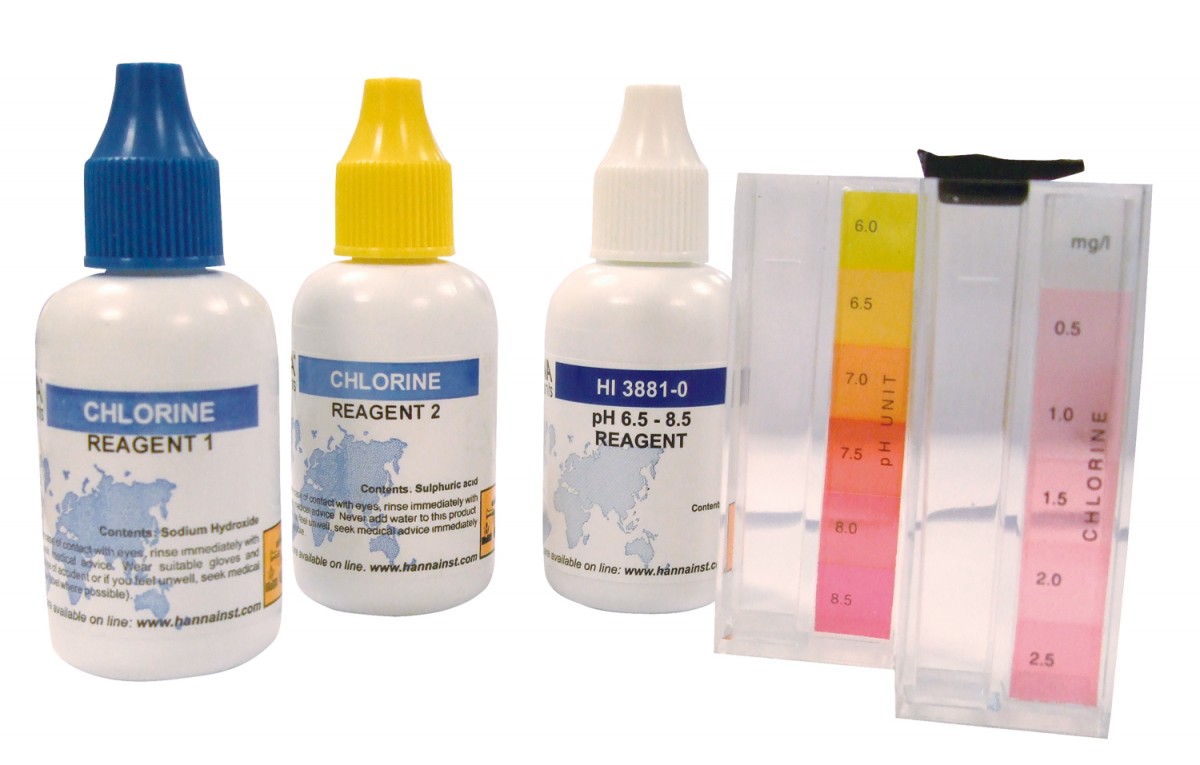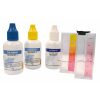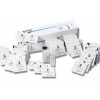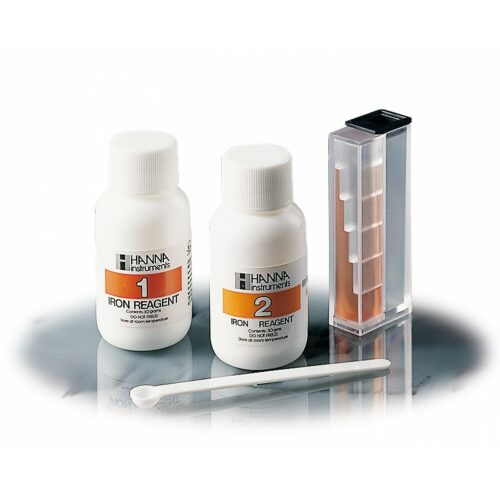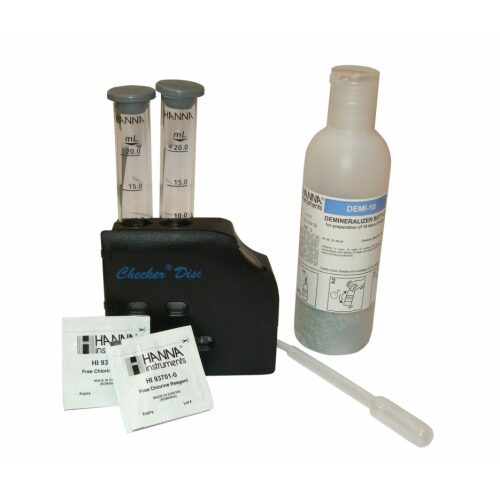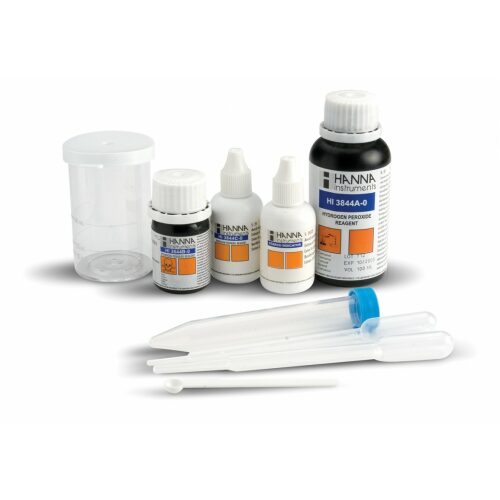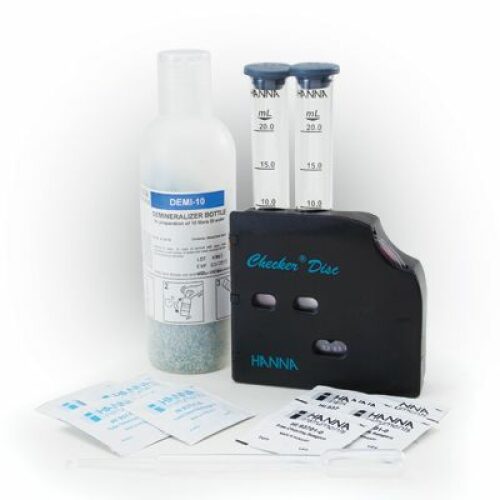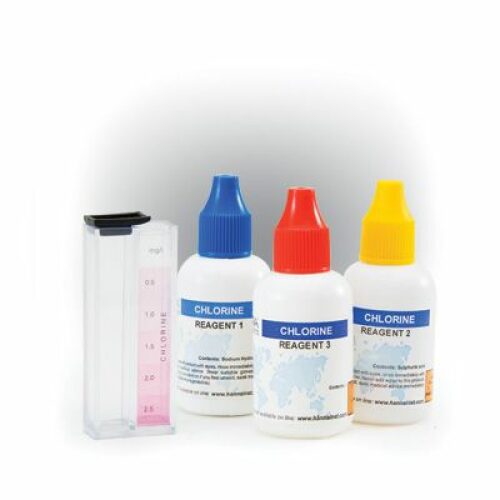-
×
 HI1131B - Combination pH Electrode
1 × ฿8,774.00
HI1131B - Combination pH Electrode
1 × ฿8,774.00 -
×
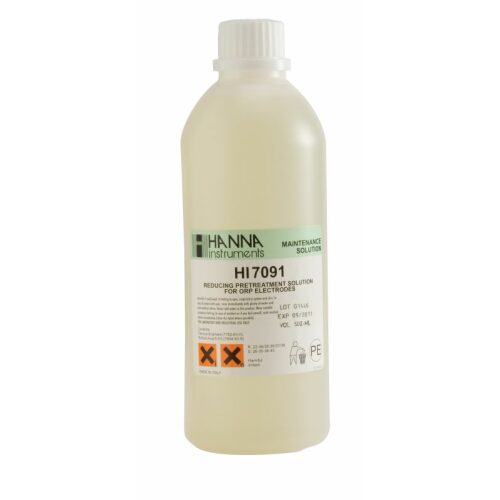 HI7091L - Reducing Pretreatment Solution, 500 ml
1 × ฿1,391.00
HI7091L - Reducing Pretreatment Solution, 500 ml
1 × ฿1,391.00 -
×
 HI4016-03 ISE 1000 mg/L (ppm) Sodium Std , 500 ml Bottle
1 × ฿4,280.00
HI4016-03 ISE 1000 mg/L (ppm) Sodium Std , 500 ml Bottle
1 × ฿4,280.00 -
×
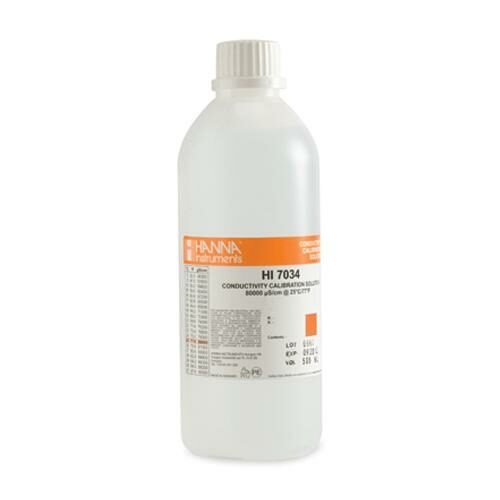 HI7034L - EC 80000 µS/cm@25°C - 500ml
1 × ฿963.00
HI7034L - EC 80000 µS/cm@25°C - 500ml
1 × ฿963.00 -
×
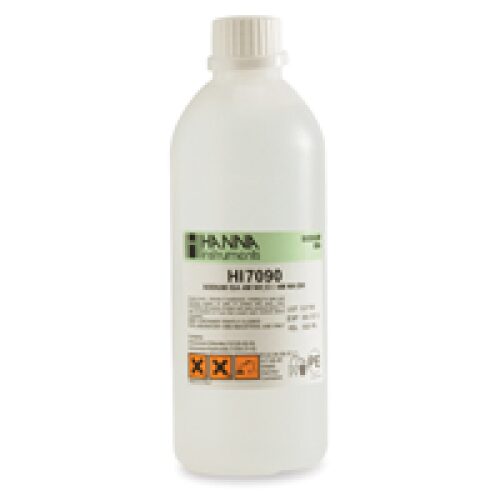 HI7090L ISA solution for Sodium ISE, 500 ml Bottle
1 × ฿1,551.50
HI7090L ISA solution for Sodium ISE, 500 ml Bottle
1 × ฿1,551.50 -
×
 HI93740-01 Nickel LR - Reagents - 50 Tests
1 × ฿10,165.00
HI93740-01 Nickel LR - Reagents - 50 Tests
1 × ฿10,165.00 -
×
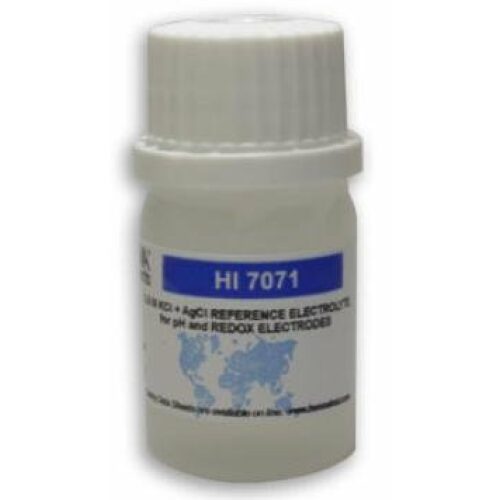 HI7071 Electrolyte Solution 3.5 M KCl + AgCl, 4 x 30 ml
1 × ฿3,638.00
HI7071 Electrolyte Solution 3.5 M KCl + AgCl, 4 x 30 ml
1 × ฿3,638.00 -
×
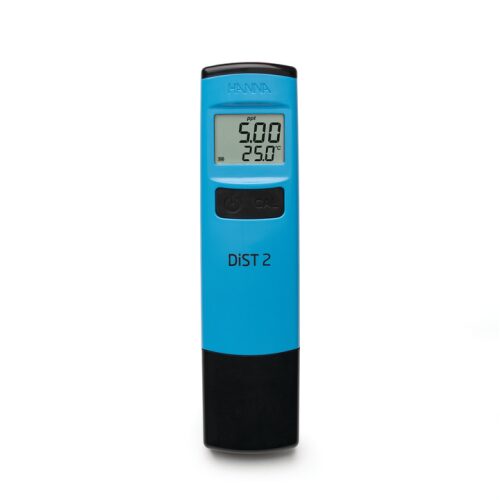 HI98302 DiST®2 TDS-Tester (up to 10.00 g/L)
1 × ฿3,317.00
HI98302 DiST®2 TDS-Tester (up to 10.00 g/L)
1 × ฿3,317.00
Subtotal: ฿34,079.50
